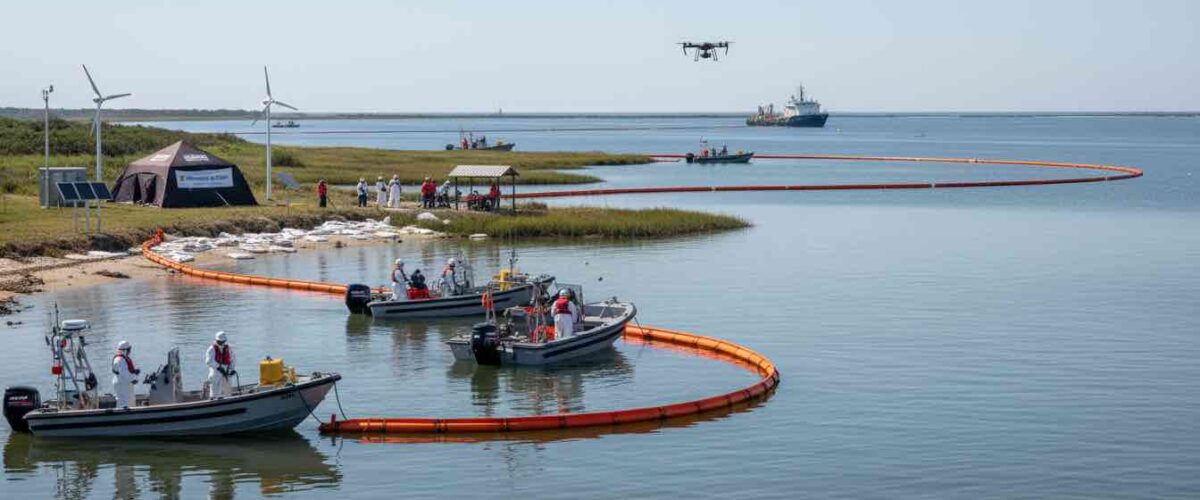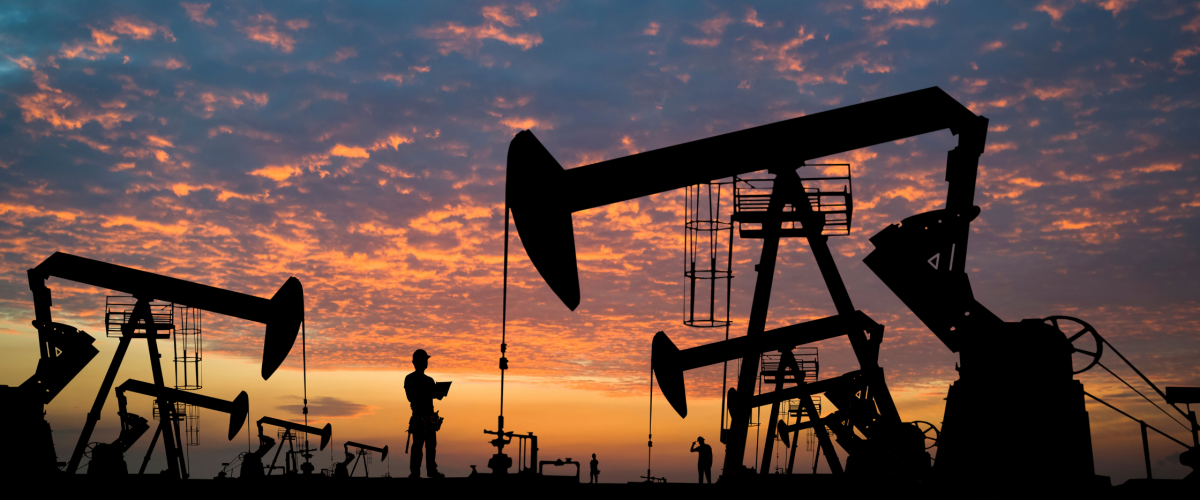The petroleum trading industry has long been characterized by complex supply chains, multiple intermediaries, and high-value transactions. While these processes are essential for moving crude oil and refined products globally, they also create challenges ranging from documentation errors to a lack of transparency and delayed payments. Blockchain technology is emerging as a transformative solution, offering enhanced transparency, efficiency, and trust across petroleum trading operations.
What is Blockchain?
Blockchain is a decentralized, digital ledger that records transactions in a secure, tamper-proof manner. Each transaction is verified by multiple parties and stored in a chain of blocks, creating an immutable record. In petroleum trading, blockchain can streamline transactions, automate contracts, and provide real-time visibility into the movement of commodities.
Challenges in Traditional Petroleum Trading
Before blockchain, petroleum trading faced several persistent challenges:
- Complex documentation: Bills of lading, letters of credit, and regulatory compliance documents often require manual verification, increasing the risk of errors and delays.
- Lack of transparency: Multiple intermediaries can make it difficult to track product ownership, shipment status, and financial settlements.
- Operational inefficiencies: Manual processes slow down trade execution and settlement, tying up working capital.
- Fraud and disputes: Paper-based processes and delayed verification increase the risk of disputes and financial losses.
How Blockchain Transforms Petroleum Trading
- End-to-End Transparency
Blockchain provides all participants, traders, refiners, shipping companies, and regulators with a shared, real-time view of transactions. This reduces information asymmetry, builds trust, and allows instant verification of cargo ownership, origin, and quality. - Smart Contracts for Automation
Smart contracts are self-executing agreements stored on a blockchain. They can automatically trigger payments, release shipments, or enforce compliance once predefined conditions are met. This reduces delays, lowers administrative costs, and minimizes human error. - Enhanced Efficiency and Reduced Costs
By digitizing and securing trade documentation, blockchain eliminates the need for repetitive checks and manual reconciliations. Settlement times can be reduced from days or weeks to hours, freeing up working capital and improving cash flow. - Improved Risk Management
Immutable records on a blockchain provide a reliable audit trail, reducing the risk of fraud, disputes, and regulatory non-compliance. Traders can quickly verify transaction history and product provenance, supporting due diligence and ESG reporting. - Integration with IoT and Data Analytics
When combined with Internet of Things (IoT) sensors, blockchain can track petroleum shipments in real time—monitoring location, temperature, and pressure. Advanced analytics on this data enables proactive risk mitigation and operational optimization.
Real-World Examples
Several blockchain initiatives are already reshaping petroleum trading:
- Vakt Platform: A blockchain-based post-trade management platform that digitizes commodities trade documentation, reducing paperwork and streamlining settlement.
- Energy Web and Shell Collaboration: Using blockchain to track renewable energy credits and improve transparency in low-carbon fuel supply chains.
- BP and Equinor Pilot Projects: Testing blockchain for LNG trade to improve efficiency, reduce reconciliation delays, and enhance transparency.
Challenges to Adoption
Despite its promise, blockchain adoption in petroleum trading faces obstacles:
- Industry standardization: Multiple platforms and protocols require agreement on standards and interoperability.
- Regulatory acceptance: Authorities must recognize digital records and smart contracts as legally binding.
- Initial investment: Implementing blockchain solutions requires technology, training, and integration with legacy systems.
- Change management: Stakeholders must adapt to new workflows and trust digital verification over traditional processes.
Blockchain technology has the potential to redefine petroleum trading by ensuring transparency, efficiency, and security. While adoption requires careful planning, standardization, and collaboration, early movers stand to gain a competitive edge in a complex, high-value industry. As the global energy market continues to evolve, blockchain-enabled trading represents a step toward a more streamlined, trustworthy, and digitally connected petroleum sector.
Read more on Sparkview Energy:
Understanding AI and Machine Learning in Petroleum Equipment
Drones in Midshore Oil and Gas: Enhancing Inspection and Monitoring










